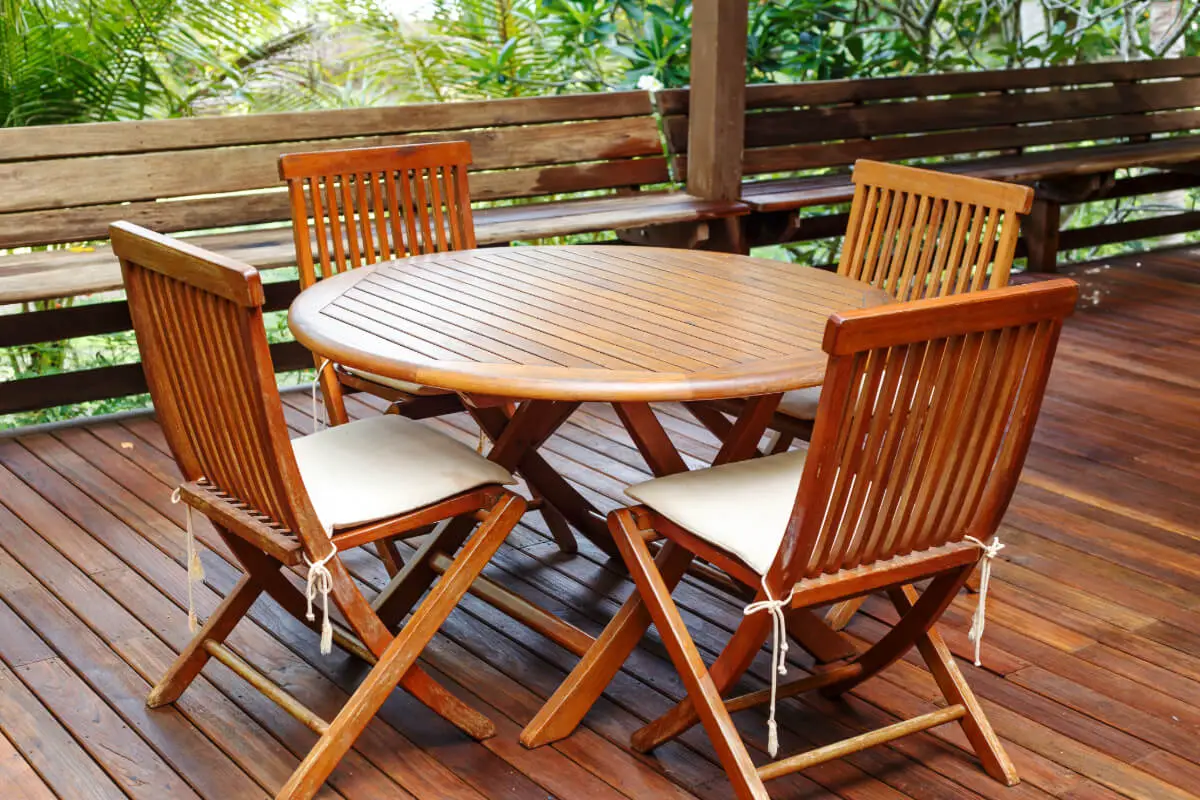Teak wood, distinguished by its durability and rich golden-brown allure, beckons those with an appreciation for fine furniture and enduring design. Like the majestic trees from which it originates, teak boasts a complex suite of natural oils, and a tight grain pattern imparts unparalleled resilience to the elements.
Delving into the minutiae of teak’s virtues not only unveils the reasons behind its prestigious status in the world of woodworking but also celebrates the harmony between nature’s artistry and human craftsmanship. Teak Wood’s journey embodies a narrative of beauty and responsibility from Southeast Asia’s rain-soaked soils to the cozy corners of contemporary homes. As we navigate through the realms of teak wood’s characteristics, sourcing, maintenance, design influence, and construction, we invite readers to embark on an exploratory voyage that will transform mere appreciation into informed stewardship.
Table of Contents
- Characteristics of Teak Wood
- Sourcing and Sustainability of Teak
- Maintenance and Care of Teak Furniture
- Design Styles with Teak Furniture
- Craftsmanship and Construction of Teak Furniture
- Related Content
Characteristics of Teak Wood
Why Teak is the Top Choice for Wood Lovers
Teak is a favorite among enthusiasts when picking the perfect wood for various projects. What’s the hype all about? It’s all in the unique characteristics that set teak apart from other woods.
First, teak has a natural oil content that is like Mother Nature’s weatherproofing. This oil keeps it from getting warped or cracking when it’s too wet or dry. That’s why teak is a go-to for outdoor furniture. Teak holds its own, whether the sun’s beating down or a drizzle-fest.
Then there’s the pests – nobody wants them. Well, teak’s natural oils are like a built-in bug repellent. Termites and other wood-munching critters just aren’t that into it. This means your teak pieces are more likely to stand the test of time without becoming an all-you-can-eat buffet for uninvited guests.
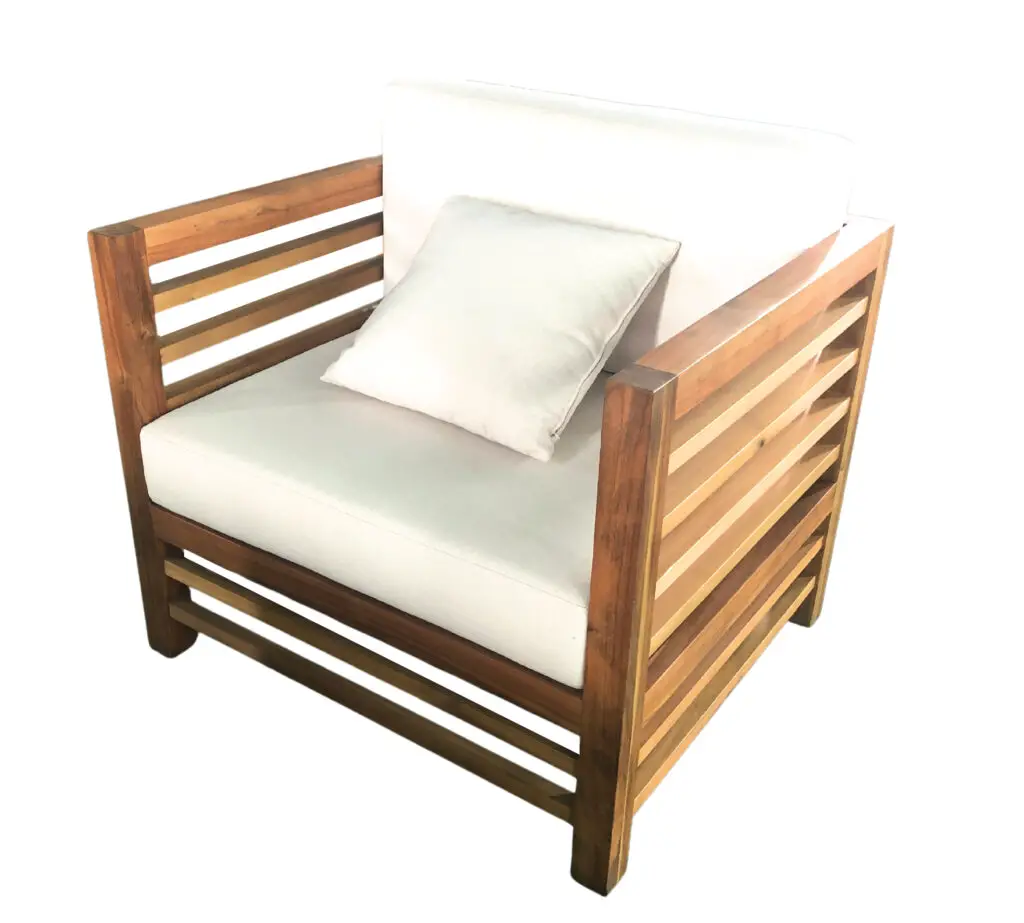
Now, let’s chat about strength. Teak is super tough, and its dense grain can withstand a lot of wear and tear. So, if you’re making something that needs to hold up under pressure, teak is your wood. Think heavy bookshelves, sturdy tables, or even mighty ships—yes, ships!
Another cool thing? The looks. Teak has this warm, golden brown color that can make any room feel more welcoming. It’s kind of like having a little bit of sunshine inside. And over time, it ages gracefully to an elegant silver-grey, giving it a sophisticated touch that’s just wow.
But it’s not just easy on the eyes. Sanding and finishing teak is a breeze. It smoothes down without too much elbow grease and takes stains and sealants like a champ. That means you can customize it to fit your style without much fuss.
With all these rockstar qualities, teak’s not just any old wood—it’s pretty special. It’s great for the outdoors, resistant to bugs, strong as they come, and handsome. Whether you’re a seasoned builder or starting teak wood, it can make your project look and feel like a cut above the rest. It’s a trusty choice that won’t disappoint.
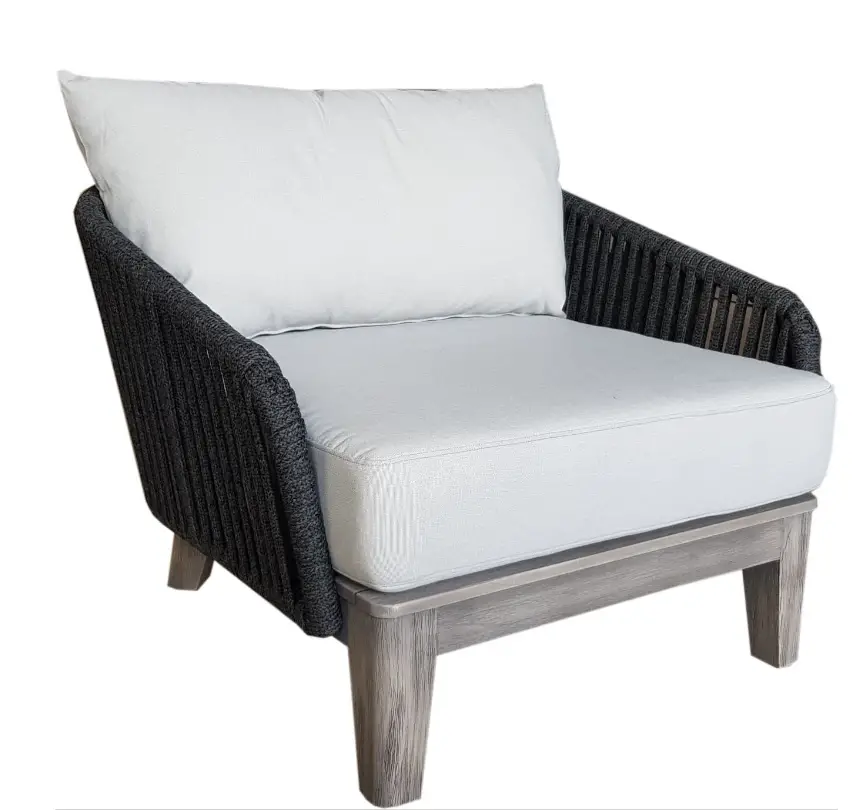
Sourcing and Sustainability of Teak
The Future of Forestry: Is Teak Wood a Sustainable Option for Furniture?
Everyone knows how magnificent teak wood can be in woodcraft and furniture. But while we appreciate its beauty and resilience, a crucial question looms over our workbenches and sawhorses: How eco-friendly and sustainable is teak for the long-term future of our furniture making?
Let’s discuss the lifecycle of teak wood to understand its sustainability profile. Unlike fast-growing species, teak trees take 20 to 40 years to mature. This slow growth rate requires forethought and long-term planning to maintain a sustainable supply. Without careful forestry practices, we risk running out of this treasured material, and no one wants a world stripped of teak’s elegance.
Here’s a bright spot: responsible teak forestry. The good folks growing and harvesting this precious timber must operate on a cycle. That means they plant more trees than they chop down. This system is essential for keeping our craft alive and the forests thriving. It’s all about balance – ensuring enough teak is planted and given time to grow so the forests remain healthy and ready for future generations.
Sustainable teak also involves looking at where it comes from. Some regions are champions in sustainable teak growing, like plantations in Costa Rica and parts of Asia, often certified by the Forest Stewardship Council (FSC). These guys ensure that the environmental impact is low and that the forestry practices are up to snuff. So, when furniture makers pick up a plank of teak with the FSC stamp, they can breathe easier knowing it’s from a source that gets a green thumbs-up.
Lastly, we need to consider the afterlife of teak wood products. Fortunately, teak’s sturdiness has another perk—longevity. Furniture pieces made from teak are not landfill fodder since they last for ages. Even better, when teak does reach the end of its life, it’s biodegradable, so Mother Nature can break it down and wrap it back into the circle of life.
While no resource is perfect, teak puts a strong foot forward on the sustainability dance floor. Furniture makers and enthusiasts can keep this craft humming nicely by supporting proper forestry and making eco-conscious choices. Remember, every teak treasure should be both a masterpiece and a testament to our dedication to our planet. Remember that as we see, sand, and finish our next big project.

Maintenance and Care of Teak Furniture
Maintaining Teak Furniture for Longevity
You’ve chosen teak furniture; it’s all about keeping it looking its best for years. So, let’s explore how you can protect and care for your teak treasures.
First off, regular cleaning is vital. Good old-fashioned soap and water work wonders. All you need is a soft brush and some mild detergent. Scrub gently along the wood grain, rinse thoroughly and let it air dry. Doing this every few months will keep your furniture spick and span.
But what about those pesky stains or a bit of mildew? No sweat! A solution of one part vinegar to four parts water should do the trick. Apply the solution, scrub lightly, and bid farewell to those blemishes. Remember to be gentle—you’re dealing with a much-loved piece!
Now for the sun’s rays – they’re great for picnics but can be hard on your teak. If left unprotected, the sun can fade that beautiful warm hue. While teak does weather into a silvery-gray patina, which many folks adore, consider using a UV-protectant sealer if you’re not one of them. It’s like sunscreen for your furniture! Apply it once a year, and you’ll keep that golden glow.
When the colder months roll in, it’s time to talk storage. If you can, keep your teak furniture indoors or covered up. Even though teak throws a mean punch against the elements, a bit of extra care means you won’t have to clean it as much when the warm weather returns.
Have you got a scratch or a ding? No problem! Teak’s forgiving nature comes to the rescue. A light sanding in the direction of the grain will make it look as good as new. Finish it with a teak sealant for extra protection, and voilà – disaster averted!
One last tip – teak oil. While it’s unnecessary, since teak has natural oils, some prefer it for aesthetic reasons. However, apply with caution. Too much oil can lead to mildew or irregular coloring. If you decide to use it, apply a thin coat only once or twice a year. Remember, less is more when it comes to oiling.
Upholstery on teak furniture needs care, too. Clean cushions regularly and store them inside during bad weather or when not in use.
Lastly, it’s vital to appreciate and advocate for sustainable teak sources. Choosing plantations that uphold environmentally friendly practices isn’t just good for your conscience; it’s crucial for the planet’s well-being. Always look for that FSC certification when buying. It’s a small step that makes a mighty impact.
Caring for teak furniture is straightforward. Please keep it clean, protect it from the elements, and choose sustainable sources. Follow these tips, and you’ll have stunning teak furniture that’ll be the envy of the neighborhood for generations.

Design Styles with Teak Furniture
Which Design Styles Does Teak Furniture Complement?
With its sophisticated charm, Teak slides right into many design templates with the grace of a seasoned ballet dancer. Its timeless appeal makes it a perfect match for various styles, from the sleek lines of modern decor to the elaborate accents of traditional settings.
Modern and Contemporary: In modern and contemporary rooms, where less is more, teak stands out with its clean lines and smooth surfaces. It’s like that one guest at a party who looks effortlessly chic without trying too hard. Teak’s refined grain and subtle color varieties add depth and interest to minimalist spaces while maintaining that relaxed, understated vibe that modern design swears by.
Scandinavian: Imagine a cozy room with a warm cup of cocoa – that’s Scandinavian design’s snug, homey feel. Teak furniture is a natural fit here, blending in with the love for natural materials and simplicity. Light-colored teak perfectly complements the neutral palettes and maximizes the sense of space and light, which is distinctive to this hygge-embracing style.
Mid-Century Modern: Teak takes a step back in time with mid-century modern decor, bringing a touch of vintage finesse. This design style hails from the mid-20th century and is all about organic shapes and mixed materials. Teak furniture often comes with tapered legs and funky shapes that echo this era’s charm, making it pitch-perfect for a retro revival.
Rustic and Farmhouse: Though rustic style might conjure up images of distressed woods and rugged textures, teak can still find its place in the barnyard mix. It adds a dose of elegance to the otherwise rough-and-tumble farmhouse aura. When teak shows its age and the patina sets in, it gracefully embodies the lived-in, comfortable feel that is key to the rustic charm.
Industrial: With their raw, edgy vibe and preference for metal, concrete, and exposed brick, industrial spaces might make one wonder where teak fits in. But it does! Teak brings warmth and life to what might otherwise feel cold and austere. Its durability is right at home with the tough, gritty industrial elements, yet its refined appearance softens the look and invites a more approachable, cozy atmosphere.
Coastal and Nautical: Coastal designs are fresh, breezy, and drenched in sunlight – metaphoric, of course, for indoor spaces. Teak, with its origins often linked to shipbuilding, is suitable at home among the blues and whites of seaside decor. It’s like the wood is back from a long maritime journey, ready to anchor in the calmness of a coastal setting.
Tropical: Surrounded by lush plants and vivid colors, teak furniture can transform a space into an exotic escape. Teak’s natural weather resistance is more than practical; it gives tropical-style rooms an authentic feel reminiscent of balmy rainforests and luxurious island resorts where teak often takes center stage.
No matter the design style, teak furniture is a versatile player that adapts to the game’s rules while still managing to shine. It’s not just about where it can fit in – it’s about how it can elevate the style it’s paired with. Whether mixed with other materials or standing proudly alone, teak finds harmony in contrast, creating well-designed and welcoming spaces. Those in teak know it’s not just a material choice; it’s a lifelong investment that becomes more captivating with each passing year.
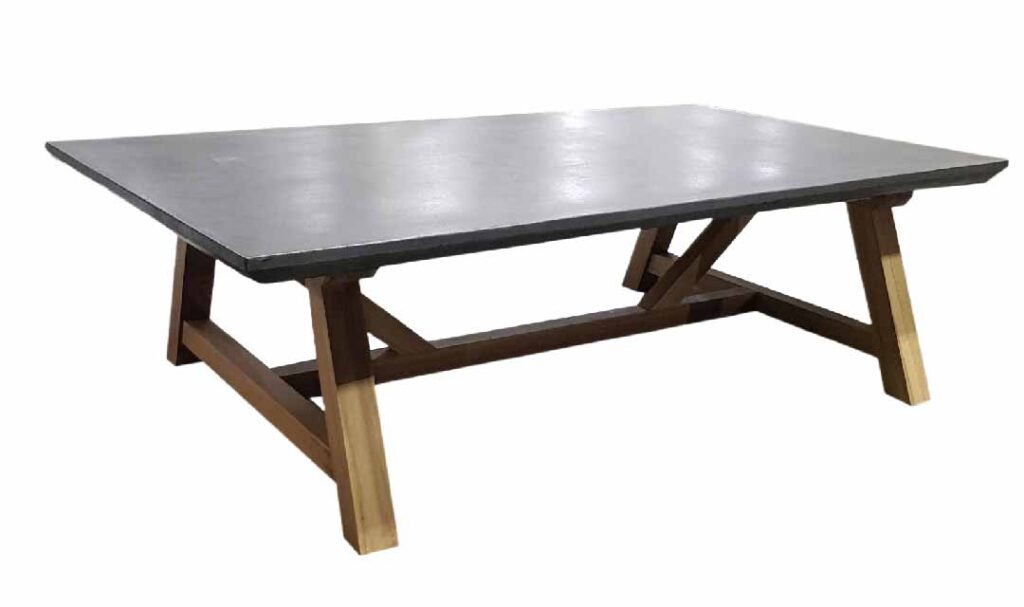
Craftsmanship and Construction of Teak Furniture
Choosing the proper joinery technique is a game-changer when crafting top-notch teak furniture. Mortise and tenon joints are the gold standard in the woodworking world for their unshakeable strength, critical for furniture that will see daily use. Dovetail joints aren’t just charming in looks; they also hold drawers in dressers and cabinets together like it’s their lifelong mission.
Now, let’s talk about assembly. It’s tempting to go quick and easy with screws and fasteners, but for teak that’s going to last generations, doweling is the way to go. Dowels add a layer of strength and finesse, allowing wood pieces to expand and contract without cracking. Plus, they’re way more discreet than screws – because who wants hardware cramping their furniture’s style?
On the fun side, there’s endless room for personal flair in carving and detailing. With teak’s tight grain, carvings come out crisp and clean, giving that uniquely handcrafted touch. Custom inlays with contrasting woods or materials can make any teak piece a true original. From floral motifs to geometric patterns, the only limit is imagination.
Now, a good finish isn’t just about beauty but protection. Crafting the best teak furniture means choosing finishes that enhance the wood’s inherent qualities without suffocating it. A water-based sealant lets the teak breathe while warding off the elements. And, let’s not forget: application matters. Taking the time to apply thin, even coats will result in a finish that’s as durable as it is attractive.
Finally, knowing when to stop is vital. Overworking the wood can lead to a less-than-perfect final product. The hallmark of a skilled crafter is the art of restraint—knowing that sometimes, the natural beauty of teak speaks for itself.
With careful attention to every step of the process, from selecting the wood to applying the final finish, anyone crafting with teak can be sure their furniture will stand the test of time. Like teak, these crafting techniques are about staying power and beauty and prioritizing the environment in every slice, joint, and brushstroke.
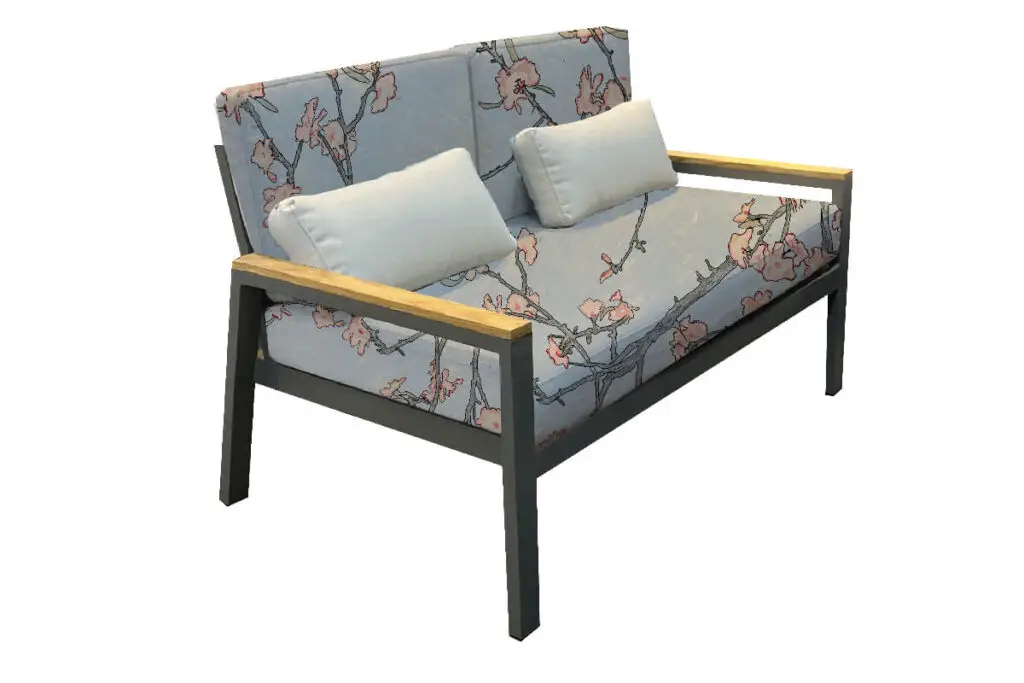
Embarking on this journey through teak wood’s world has equipped us with an enriched understanding of its tangible and intangible value. The enlightenment on teak’s uniqueness—from its natural defenses against wear to its adaptability across a spectrum of design styles—reinforces the reasoning behind its selection for pieces meant to last generations.
Conscious cognizance of teak’s sourcing and sustainability ventures propels the dialogue on ethical consumerism forward. We emerge mindful of the routines necessary for the care of teak furniture and as advocates for the enduring tradition of craftsmanship that flourishes with every meticulously carved joint and smooth-finished surface.
As the silent grains of teak continue to tell their age-old story, it becomes clear that this venerable wood, shaped by the hands of skilled artisans, is destined to grace our spaces with grandeur and grace for many years to come.
If you are interested in seeing how Mondoro can be a valuable partner for you for wood furniture products – we would love to talk to you to see how we can help you.
Find out more about how Mondoro can help you create, develop, and manufacture excellent home decor and furniture products – don’t hesitate to contact me, Anita. Check out my email by clicking here or become a part of our community and join our newsletter by clicking here.
Mondoro gives out a FREE Lookbook to anyone interested. You can receive a copy of our latest Lookbook by clicking here.
Listen to our Podcast called Global Trade Gal. You can find it on all major podcast platforms. Try out listening to one of our podcasts by clicking here.
Subscribe to our Mondoro Company Limited YouTube Channel filled with great videos and information by clicking here.
Related Content
Difference Between Solid Sheesham Wood, And Teak Wood
Solid Sheesham Wood and Teak Wood are both very different kinds of woods. Even though they are both considered hardwoods, Sheesham wood is softer than teak. Sheesham wood is also considered less durable than teak wood. Many premier manufacturers consider teak wood the ”king of woods.”
You can discover more by reading Difference Between Solid Sheesham Wood, And Teak Wood by clicking here.
Is Teak a Coniferous, Evergreen, or Deciduous Tree? 11 Teak Wood Facts
Teak is a deciduous, not evergreen or coniferous tree. Teak leaves do not fall off in the wintertime, but they fall off in the dry season; in Asia, where teak trees are naturally grown, the dry season is not always the same as winter. As the teak leaves do fall off, the tree is considered to be a deciduous tree.
You can discover more by reading our blog Is Teak a Coniferous, Evergreen, or Deciduous Tree? 11 Teak Wood Facts by clicking here.
What Are The Types Of Wood Used In Furniture?
Wood for furniture is divided up into hard and softwood. Though the woods have some similarities, they also have some differences. Different looks and types of furniture may require a certain kind of wood. Some wood species will be higher priced, and others will be cheaper; price, durability, look, color, finish, and structure can decide what wood to choose for your furniture piece.
You can discover more by reading our blog What Are The Types Of Wood Used In Furniture? by clicking here.

